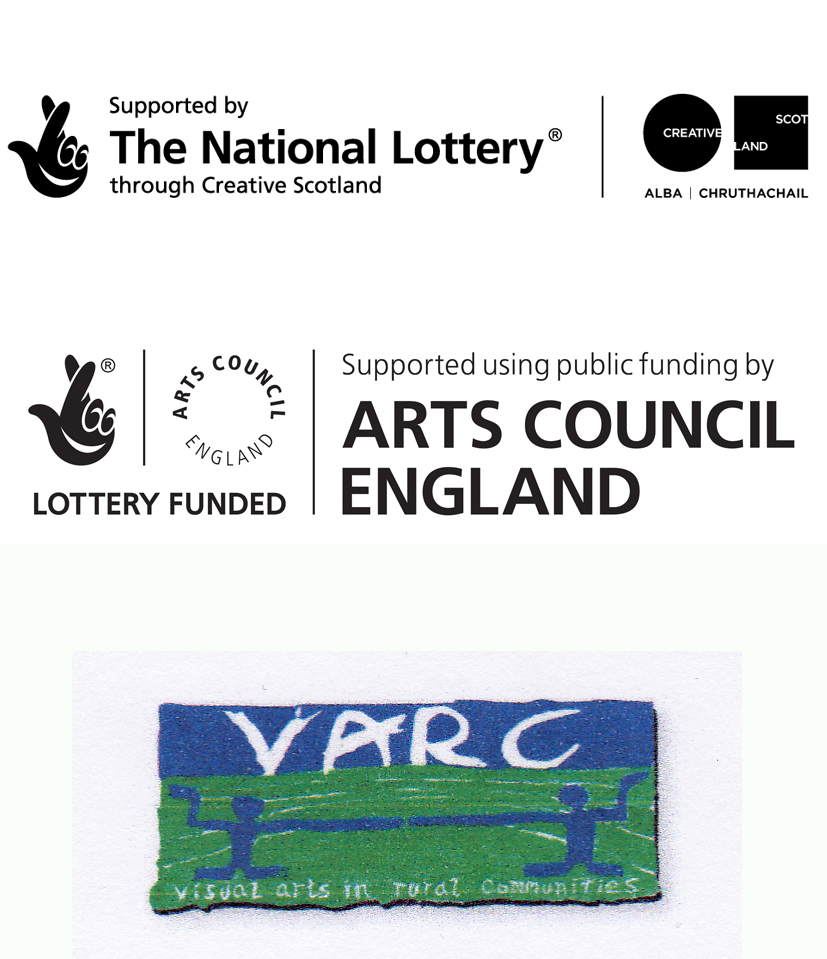I am the proud ‘owner’ of a short piece just published in Imago Mundi. It outlines my PhD (as I understand it at the moment: change is inevitable). And entailed a rather lengthy editing process for such a short piece; rewrites mounted into double figures. Some of my treasured flights of fancy had their wings shorn – which was a shock – though it was a valuable process to have my words re-evaluated by the eagle eyes of an expert editor.
Mr Burr’s model experiments made it through to the finished article, and some of the material from Using Bodies for Contouring also got a ‘walk in’ role (and had a second outing at the weekend!) Some edited highlights from an early draft appear below:

Anon, Ordnance Survey Drawing 44-1 Courtesy of the British Library online
For many military men in the 1800s contour lines were regarded as too difficult to read and the preference was for traditional pictorial vertical lines to denote mountains ^^^. The vertical hachure was considered the ‘natural’ symbol to represent hilly terrain. If contour lines were seen as ‘too abstract’, other more descriptive systems conveyed an artistic vision of the landscape without defining it well enough to accurately plan a campaign: “Terrestrial maps show us the site of the mountains, their sinuosities, … without saying anything of their height. They give us only a mutilated image of the land”.[1]

Lendy, 1864
Prior to contours, a number of imperfect systems were expounded, explored and trialled; each used hachures, with or without shading, which were often composed using an armature of contour lines that were subsequently removed.[2] A typical treatise of the time contained these instructions:
By degrees you may lessen the number of horizontal lines, and, at last, work altogether without them, drawing the strokes by eye perpendicularly to imaginary horizontal lines.[3]
The role of contours on maps was contested throughout the 1800s, and their adoption was piecemeal. Whilst it was evident pictorial methods were deemed ‘easier to read’, at issue was the artistic abilities of the draftsman with regard to repeatability and uniformity of results. As yet more systems were trialled and embellished, the harder it became to actually apply them correctly: “These methods are very ingenious in theory, but fail[ed] most signally when applied in practice, especially in the field”.[4] In the face of these challenges, contours lines represented a ‘scientific’, repeatable system that did not rely on artistic talent. For the military, another advantage to their adoption – as artillery became more powerful – was the cutting edge precision of contour lines:
what we expect to get from contours is, that knowledge of the ground, that accuracy in estimating slopes, which shall make the artillery officer right about his ranges …[5]
[1] François de Dainville, Expression des nivellemens (1782). [2] Yolande, Jones, “Aspects of relief portrayal on 19th century maps,” The Cartographic Journal 11 no.1 (1974) [3] Gordon and Bedford Smith, An Essay on Military Drawing (1812). [4] Drayson, Practical Military Surveying (1861). [5] Marsh, Maj., in Papers on subjects, (1874).

